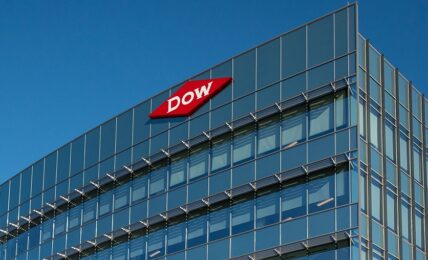The International Energy Agency (IEA) announced the release today of its flagship World Energy Outlook (WEO) 2021 report, indicating a significant shift has begun in the world’s energy markets towards cleaner sources of energy, but a step-change increase in investment is still needed to avoid the worst impacts of climate change and achieve a net zero future.
The IEA stated that it published its report earlier than usual (WEO is typically released in November), in order to assist decision makers at the COP26 Climate Change Conference next month. According to the report, this year’s WEO is designed as a “guidebook” for COP26:
“It spells out clearly what is at stake – what the pledges to reduce emissions made by governments so far mean for the energy sector and the climate. And it makes clear what more needs to be done to move beyond these announced pledges towards a pathway that would have a good chance of limiting global warming to 1.5 °C and avoiding the worst effects of climate change.”
The report has significant implications for investors, including a summary sizing the market opportunity for clean energy. According to the IEA, investments required to reach a net zero scenario imply a cumulative market opportunity of $27 trillion through 2050. The most significant area for investment, representing over 60% of the total, is batteries, driven by demand from electric vehicles and grid storage, followed by onshore and offshore wind, fuel cells and solar PV investments.
The WEO also indicates the approach of peak oil, with demand for oil beginning to decline within the next few years. For example, according to the report, if the world follows the scenario aligned with current climate pledges, oil demand will peak around 2025. Even under the scenario following existing policies, oil demand will peak in the mid-2030s.
Commenting on the report’s implications for the energy sector, Andrew Logan, Senior Director of Oil and Gas at non-profit sustainability-focused organization Ceres, said:
“This report should be a flashing signal to all fossil fuel companies: Under no circumstances will the future look like business as usual. In every scenario, this report forecasts that fossil fuel demand will soon peak and begin to decline, if it hasn’t already. This makes it clearer than ever that each dollar invested in fossil fuel development today increases the risk of future stranded assets and represents a missed opportunity to invest in much-needed clean energy technologies and infrastructure. This new reality is why investors have increasingly called on companies to disclose and reduce emissions and set transition plans.”
The report highlights the progress being made in advancing a clean energy future, noting that more than 50 countries have pledged to meet net zero targets, and that 2020 saw the fastest rate of growth in renewable energy sources in two decades, despite COVID-19 driven headwinds, and new records for electric vehicle sales. Moreover, technology advances and low cost finance have driven down the costs of solar and wind power to the point where they are now the cheapest forms of new electricity generation in most markets.
Despite the national commitments and clean energy growth, however, the IEA report indicates that the pace of investments in clean energy and infrastructure needs to rapidly increase in order to reach the Net Zero Emissions by 2050 Scenario (NZE), seen as the key to limiting warming to 1.5 °C. The IEA estimates that the NZE would require a tripling of annual clean energy investment to $4 trillion by 2030.
The report also highlights gaps between the net zero scenario and the scenario under current national pledges (the “Announced Pledges Scenario” or APS), and between the APS and policies that have been actually put in place so far. Under the APS scenario, CO2 emissions decline, but only by 40% by 2050, resulting in a temperature increase of 2.1 °C by end of century. Under the scenario driven by current in place policies, clean energy growth is offset by increasing emissions from industry, resulting in 2050 emissions remaining around current levels, and temperatures rising by 2.6 °C above pre-industrial levels in 2100.
Fatih Birol, the IEA Executive Director, said:
“The world’s hugely encouraging clean energy momentum is running up against the stubborn incumbency of fossil fuels in our energy systems. Governments need to resolve this at COP26 by giving a clear and unmistakeable signal that they are committed to rapidly scaling up the clean and resilient technologies of the future. The social and economic benefits of accelerating clean energy transitions are huge, and the costs of inaction are immense.”
Steps recommended in order to move closer to the net zero scenario include a massive push for clean electrification, a renewed focus on energy efficiency, rapid reductions in methane emissions from fossil fuel operations, and a boost in clean energy innovations, particularly in order to address industrial emissions from areas such as cement and steel as well as from long-distance transport.
Birol added:
“We are not investing enough to meet future energy needs, and the uncertainties are setting the stage for a volatile period ahead. The way to address this mismatch is clear – a major boost in clean energy investment, across all technologies and all markets. But this needs to happen quickly.”
Click here to access the report.
The post IEA Report Highlights $27 Trillion Energy Transition Opportunity from Drive to Net Zero appeared first on ESG Today.



